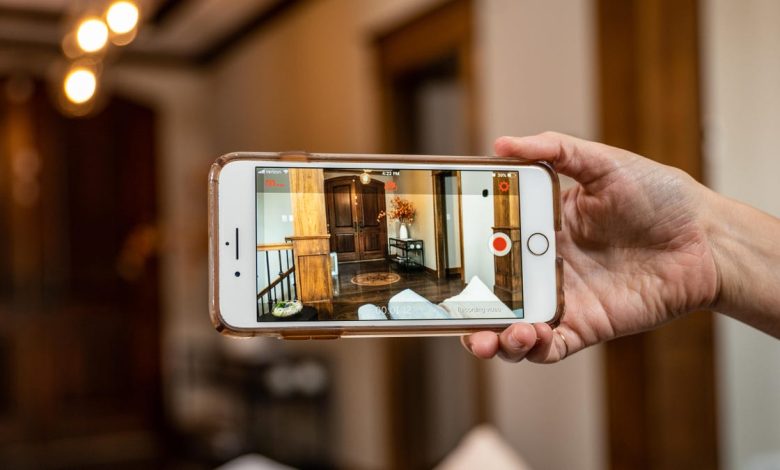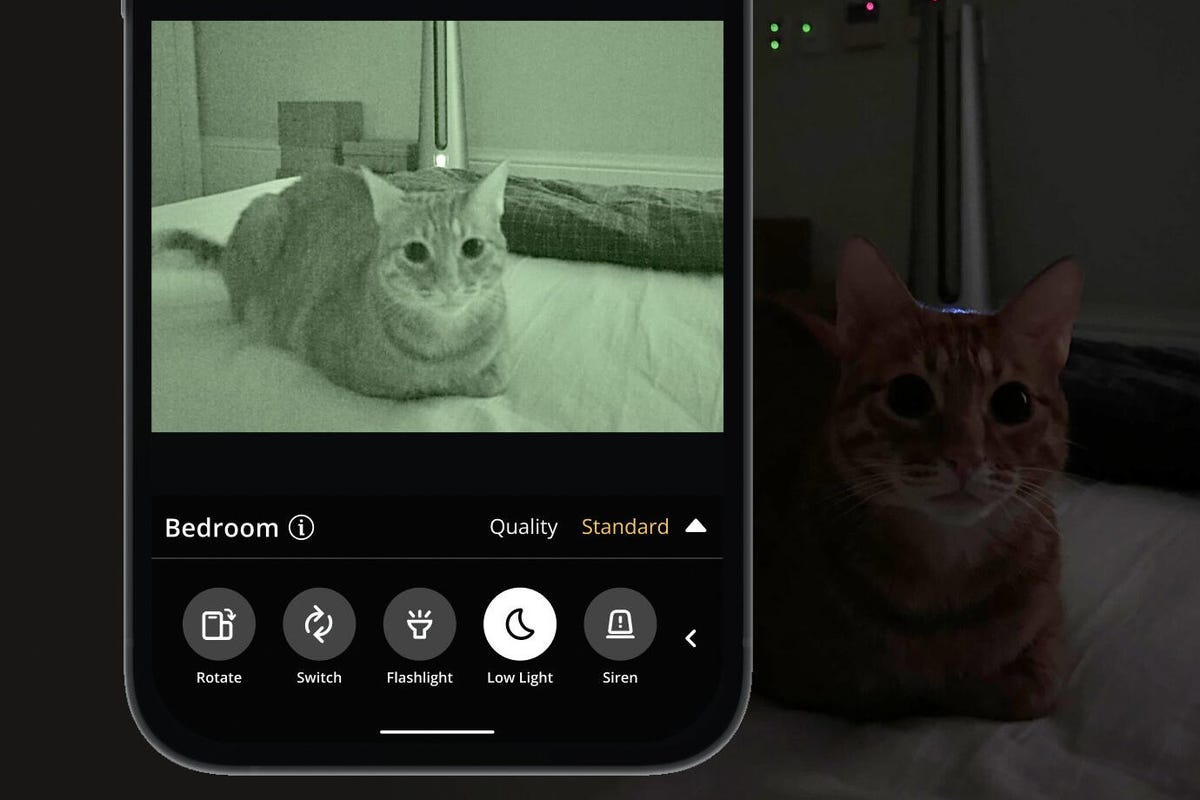Turn Your Old Smartphone Into a Home Security Camera for Free: Here’s How

Upgraded to new iPhone 15, Google Pixel 8 or Galaxy S24 recently? You can always recycle, resell or donate your old phone, but you can also turn it into a free baby camera.
One of the coolest ways to repurpose an old phone is to turn it into a home security camera. This is an excellent cost-effective trick for keeping an eye on your home When you are not here. It’s also a free (or very cheap if you have to buy a phone stand) way to keep an eye on elderly relatives, anxious pets, or parts of your business that you can’t always see directly.
Read more: The best home security cameras without a subscription
Making this phone-to-home camera conversion isn’t difficult at all. In fact, you can start using this timeworn phone to protect your home in just three steps. For more home tips, see why your internet router is probably in the wrong place and six places to place home security cameras on your property.
Step 1: Install a security camera app on your old smartphone
To get started, you’ll need to choose a security camera app. Most apps offer many of the same features, such as local streaming, cloud streaming, recording and storing footage locally or remotely, and motion detection and alerts. Once you’re set up, you’ll be able to monitor your living space and control your security camera from anywhere, right from your new phone.
One of the best app options for setting up your phone as a security camera is Alfred. It’s cross-platform, so it doesn’t matter if your old phone was Android phone or iPhone. The same goes for your new phone.
Alfred is free to use and gives you remote viewing of your live feed, motion detection with alerts, free cloud storage, two-way audio feed, and use of both the front and rear cameras. To unlock additional features such as higher resolution viewing and recording, scaling capabilities, ad removal, and 30 days of cloud storage, you can upgrade to Alfred Premium.
1. Download Alfred (Android, iOS) on both your old and new phone. You don’t have to use a phone as a monitoring tool – you can also download Alfred to your tablet or computer if you prefer to monitor from there. Just make sure the app is on both devices.
2. On the new phone, swipe through the introduction and tap Get started. Choose spectator and touch The next one.
3. Once you reach the login page, click Sign in with Google (Google Account required) and sign in with your Google Account credentials.
4. On the old phone, repeat the same steps, but instead of selecting spectatorchoose Camera. And don’t forget to sign in with the same Google account.

Alfred’s app supports night vision, people recognition and more.
Once both phones are logged into Alfred, you’re almost done with setup. Alfred has simplified the camera options to include just a few settings. On iOS, you can only enable motion detection, choose between the front and rear cameras, and enable or disable audio. If you’re using an Android device, you have these options, and you can also enable continuous focus, have Alfred automatically reopen if the phone restarts, set the resolution, and enable a password lock.
From your new phone, you can change a few more settings, such as turning notifications on or off, setting a camera or viewer name, adding other people to your A circle of trust (giving other people access to your video feeds), remove a camera, check how many times the camera has disconnected, set motion detection sensitivity, and enable a low-light filter on cameras.
Want to explore more options? This is always a good idea. Other apps that can give your old phone a security camera upgrade include:
Faceter: Faceter is a monitoring app that offers quick setup and cloud storage for Apple and Android phones.
Epoccam: EpocCam is a very fast camera app that is built for content creators, but can serve a wide variety of purposes. It is currently only made for the iPhone.
iVCam by E2ESoft: iVCam is a more open source camera solution that’s best for those who really want to tinker with camera settings and customize them, although like EpocCam it’s focused a bit more on web-related activities the camera than on security.
Step 2: Choose a location for your new smartphone security camera
Once you’ve started the stream, you’ll need to set up and position the camera. You may want it to focus on the main entry point to your home, your backyard, where you store valuables, or a point you think may be particularly vulnerable. You can too set up an IP camera as a baby monitor.
If you have a few old phones, you can set up multiple cameras for pretty solid video coverage.
Step 3: Mount and power your security camera smartphone
For mounting or positioning the camera, small smartphone stand or car suction cup can work wonders and help you position the camera in an inconspicuous place. To expand the field of view, consider purchasing a wide angle lens for your phonesomething that can be purchased for between $5 and $20 online.
Streaming video is very power intensive and the phone will run 24/7. To keep the phone from dying for the first few hours, you’ll need to place it near a power source. A 10-foot micro-USB or Lightning cable will give you more flexibility in where to place it.
And that’s it! Now you can use your new phone’s security camera app to view your old phone’s camera feed, and you’ve made your home more secure without spending a fortune.
Finally, if we’ve gotten you excited about using your smartphone for home security purposes, don’t forget that you can also download an app like Hidden camera detector to automatically search for telltale signs that there is a surveillance camera in the room. Airbnb may have banned internal security cameras, but we don’t blame you if you still want to check when you travel.
For more see six quick tips on how to get the most out of your home security camera and on the best DIY home security systems.
More from CNET Home Security




